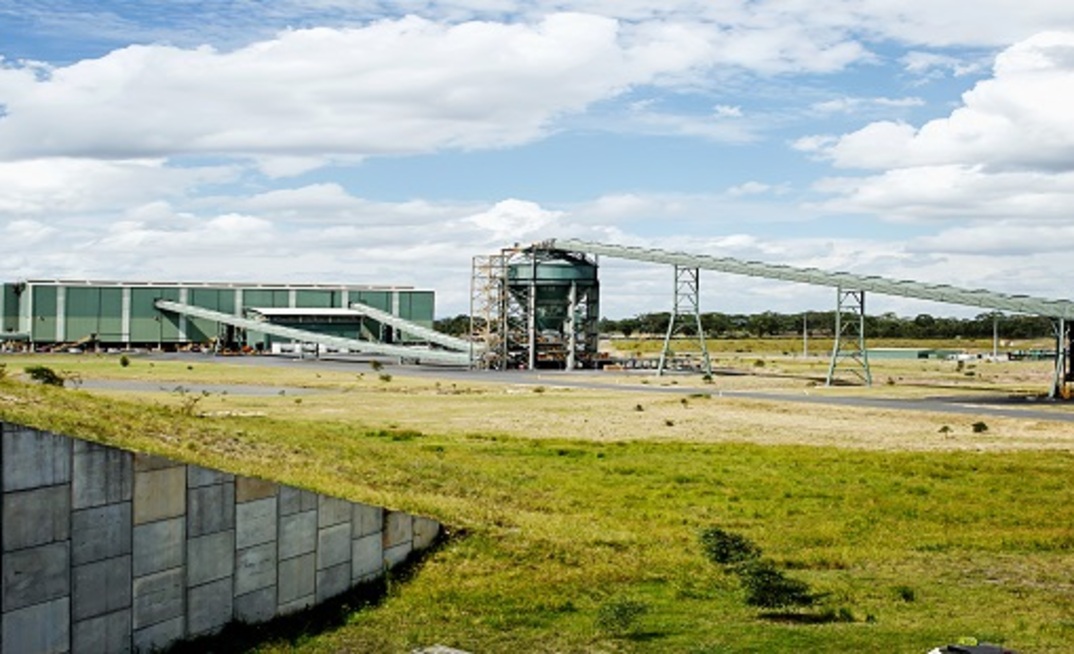Owner AGL’s decision to mothball the power station in five years will have minimal effect on these mines as their owners have already started to diversified into export markets.
Liddell’s power station’s requirements are for a thermal coal type that has a maximum of 10% moisture and a maximum of 28% ash.
A coal analyst told Australia’s Mining Monthly that the standards required for Australian coal fired power stations were among the highest in the world, making any excess coal production in demand in the export market.
He said if the quantity of coal supplied to Liddell were diverted to the export market it would be unlikely to have any significant impact on thermal coal prices because the volumes were not substantial enough.
Glencore’s big supplier to the Liddell power station is the Mangoola open cut mine which produces approximately 9 million tonnes per annum of thermal coal.
A Glencore spokesman would not comment on developments at Liddell and its impact on Mangoola.
“We are not commenting on such commercial matters,” he told AMM.
The resource being mined at Mangoola comprises the Great Northern seam, Fassifern seams and the Upper Pilot seam in the Newcastle Coal measures.
According to Glencore, Mangoola’s product is thermal coal suitable for both export and domestic use.
It is loaded and transported to market via the rail loop connected to the Muswellbrook-Ulan railway line.
Glencore has already transformed the Ravensworth open cut mine from a domestic operation servicing the Liddell power station to a large export-producing site, with the approval of mining in the Ravensworth North area.
Turning to Peabody Energy, more than 14.1Mt of coal was mined at its Wilpinjong open cut operation in 2016.
Wilpinjong is one of the lowest-cost coal mining operations in Australia.
Peabody said the mine provided coal for Liddell and also exported to customers in the Asia-Pacific.
























